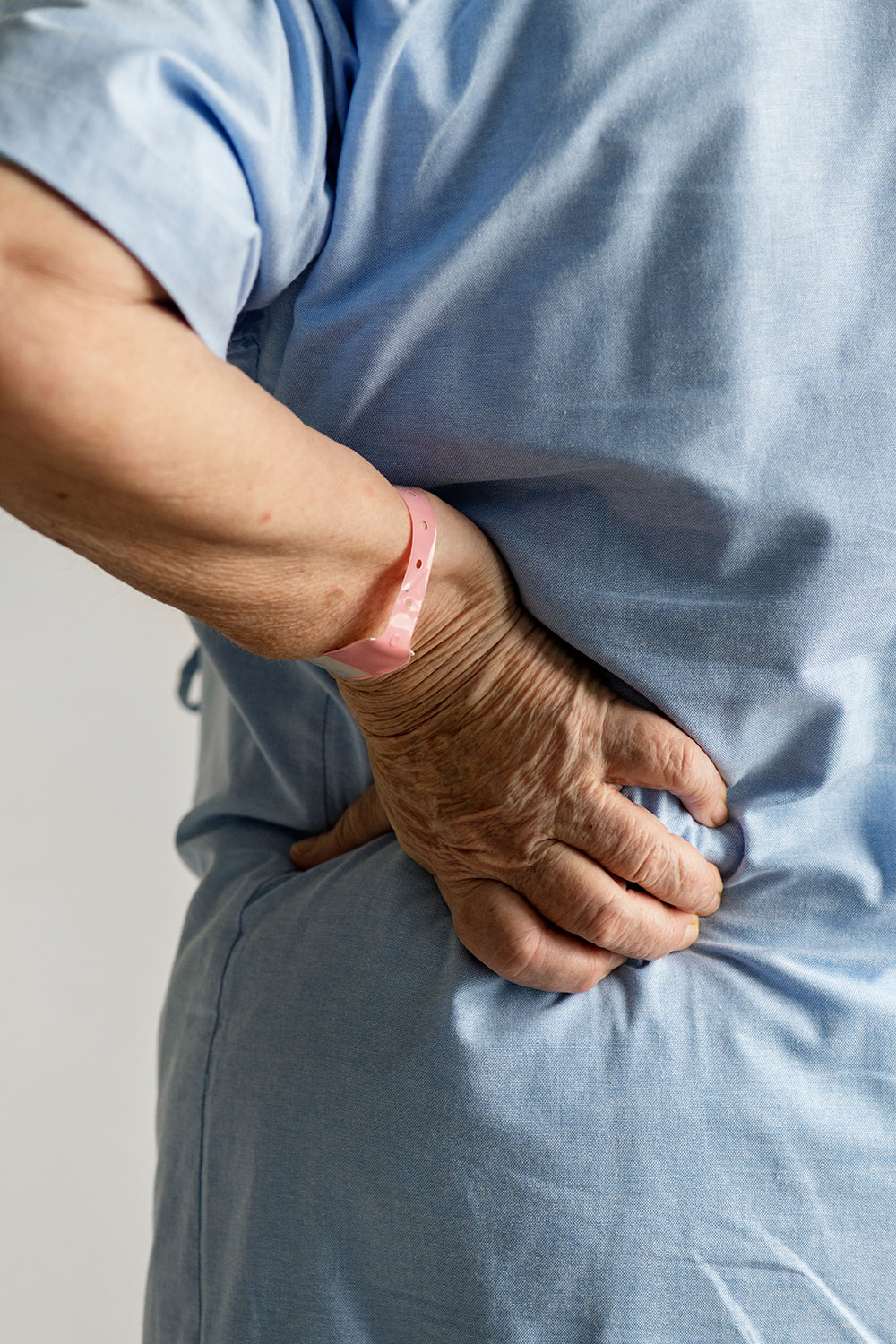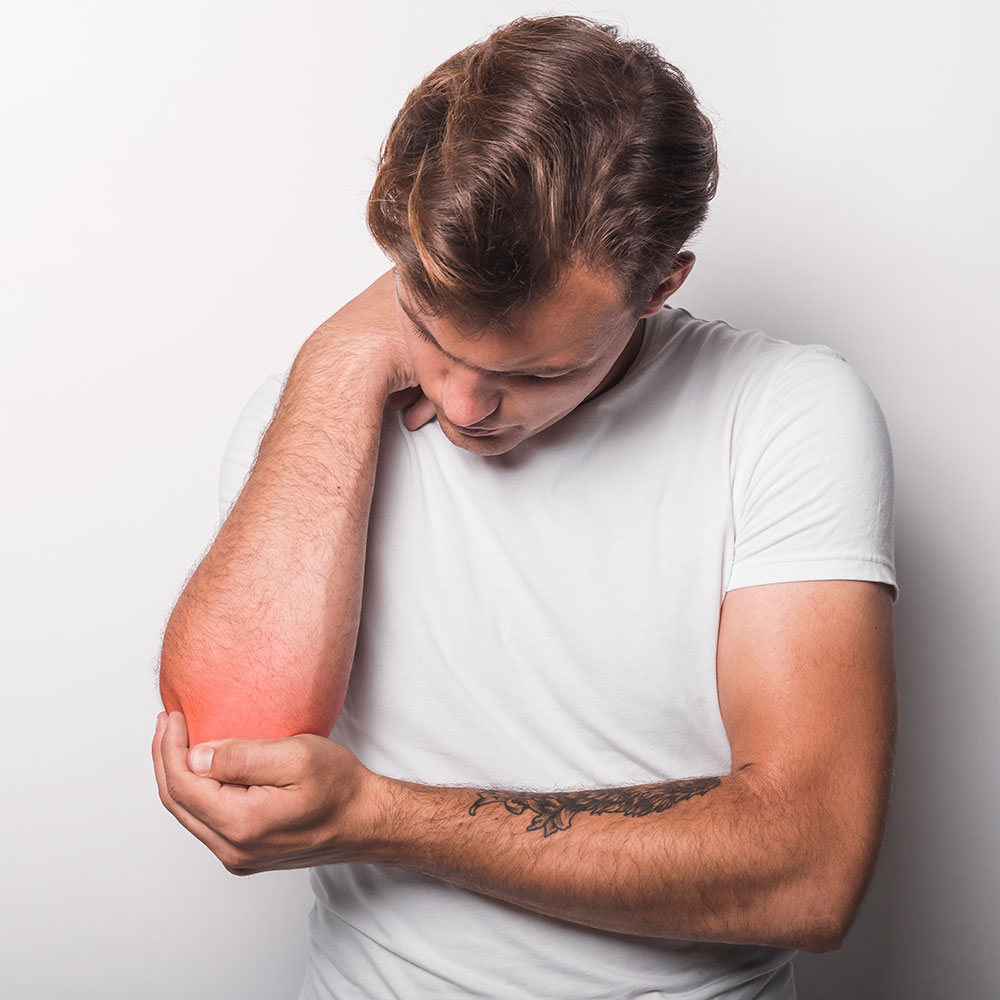Arthritis is a broad term referring to about 100 different diseases that affect your joints. The two most common types are osteoarthritis and rheumatoid arthritis.
Your joints are the meeting places between your bones, which are protected from rubbing against each other by joint lining (hyaline) cartilage. Arthritis is the breakdown of this protection, causing your bones to make contact and rub against each other as you move.
While arthritis can affect any joint, the most commonly affected joints are in knees, hips, fingers, shoulders, and spine.
At SOPT, we know there is no cure for arthritis, but we do know it can be slowed, controlled, and managed with a specialized PT regimen that will help you return to full activity.


